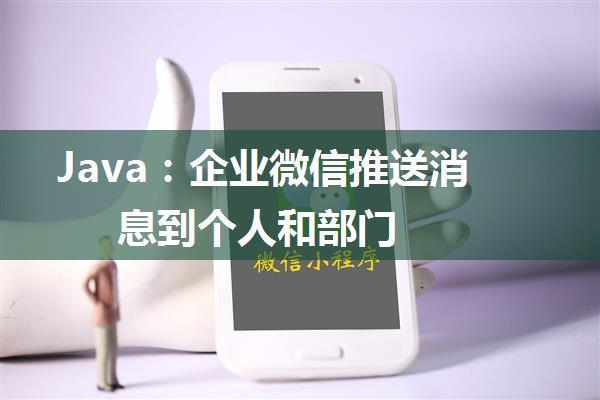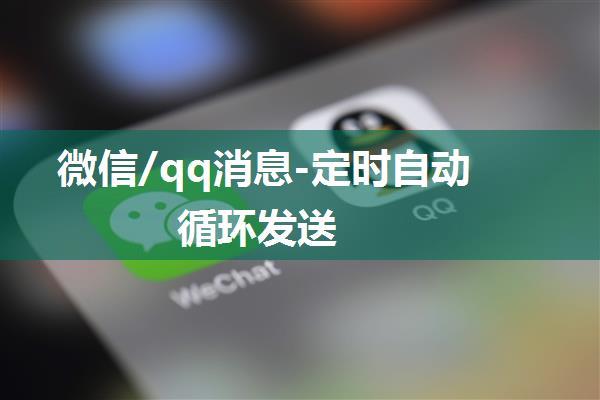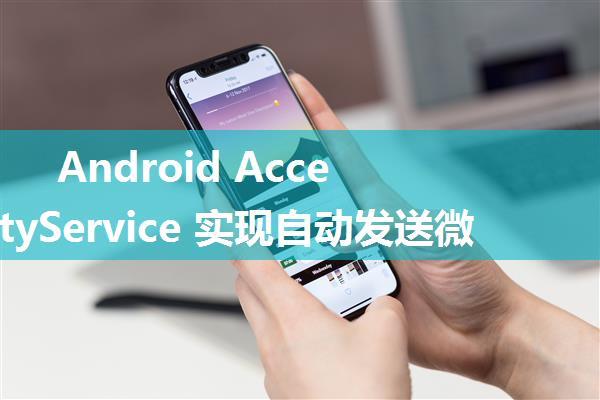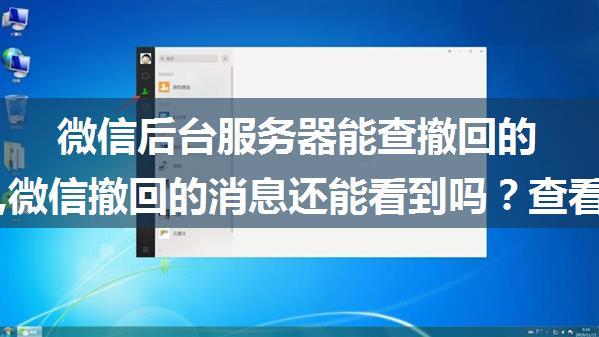
Enterprise WeChat is a communication platform developed by Tencent, which allows businesses to connect and communicate with employees within the organization. One of the key features of Enterprise WeChat is the ability to send messages to individuals and departments within the organization.
To push messages to individuals and departments in Enterprise WeChat, the following steps can be followed:
Step1: Get the User ID, Party ID, and Tag IDBefore pushing messages to individuals and departments, it is necessary to obtain the User ID, Party ID, and Tag ID of the users and departments to whom the messages will be sent. These IDs are used to specify the recipients of the messages.
The User ID is a unique identifier for each user in Enterprise WeChat. It can be obtained from the user's profile or through the Enterprise WeChat API.
The Party ID is a unique identifier for each department in Enterprise WeChat. It can be obtained from the department's profile or through the Enterprise WeChat API.
The Tag ID is a unique identifier for each tag in Enterprise WeChat. It can be obtained from the tag's profile or through the Enterprise WeChat API.
Step2: Construct the MessageOnce the User ID, Party ID, and Tag ID are obtained, the next step is to construct the message that will be sent to the recipients. The message can be of various types such as text, image, voice, video, file, etc. In this example, we will focus on sending a text message.
The message should be constructed in the following format:
```json{
"touser" : "UserID1|UserID2|UserID3",
"toparty" : "PartyID1|PartyID2",
"totag" : "TagID1 | TagID2",
"msgtype" : "text",
"text" : {
"content" : "This is a test message."
}
}
```
In this example, the "touser" field specifies the User IDs of the recipients, the "toparty" field specifies the Party IDs of the departments, the "totag" field specifies the Tag IDs, and the "msgtype" field specifies the type of message (in this case, text).
Step3: Send the MessageAfter the message is constructed, it can be sent to the recipients using the Enterprise WeChat API. The API endpoint for sending messages is typically something like:
```java// Assume we have already obtained the access tokenString url = " message = "{...}"; // Construct the messageString response = sendPostRequest(url, message);
System.out.println(response);
```
In this example, the message is sent as a POST request to the specified URL, along with the constructed message. The response from the API call will indicate whether the message was sent successfully or if there were any errors.
Step4: Handle the ResponseAfter sending the message, it is important to handle the response from the API call. The response may contain information about the status of the message, any errors that occurred during the sending process, and other relevant details.
In the event of success, the response may contain a status code and a message indicating that the message was sent successfully. In the event of an error, the response may contain an error code and a message indicating the nature of the error.
It is important to handle the response appropriately and take any necessary actions based on the information provided in the response.
Overall, pushing messages to individuals and departments in Enterprise WeChat involves obtaining the necessary IDs, constructing the message, sending the message using the Enterprise WeChat API, and handling the response. By following these steps, businesses can effectively communicate with their employees and departments using the Enterprise WeChat platform.



